In short, it's a quick, easy, and above all more secure sign-in to third-party apps and websites using your Apple ID. So you can say goodbye to lengthy registrations, filling in forms and inventing passwords. Additionally, the entire feature is built from the ground up to give you complete control over the information you share about yourself.
You definitely don't have to look for the function itself anywhere. If the website or application supports it, it will automatically appear in the login options menu. For example, alongside logging in with a Google account or social networks. It works completely natively on iOS, macOS, tvOS and watchOS platforms and in any browser.
Hide my email is the core of the feature
Everything depends on your Apple ID. It is unequivocal condition (part of the function is also security using two-factor authentication). If you already have it, there's nothing stopping you from logging in with it. When logging in for the first time, you only enter your name and e-mail, which are the information required to create an account. Subsequently, you still have the option to choose here Hide your email. This is a secure email forwarding service, where you will only share a unique and random address with the service/website/app, from which the information is forwarded to your real email. You don't share it with anyone, and only Apple knows it.
It is generated automatically when you log in, but the function has more options. It is also available as part of an iCloud+ subscription, when you can view it on your device, in Safari or on the page iCloud.com create as many random email addresses as you need. You can then use them on any website or for other purposes suitable for you. At the same time, all generated addresses behave quite standardly, so you receive mail to them, which you can reply to, etc. It's just that it always goes through your e-mail linked to your Apple ID, which the other party doesn't know.
It could be interest you
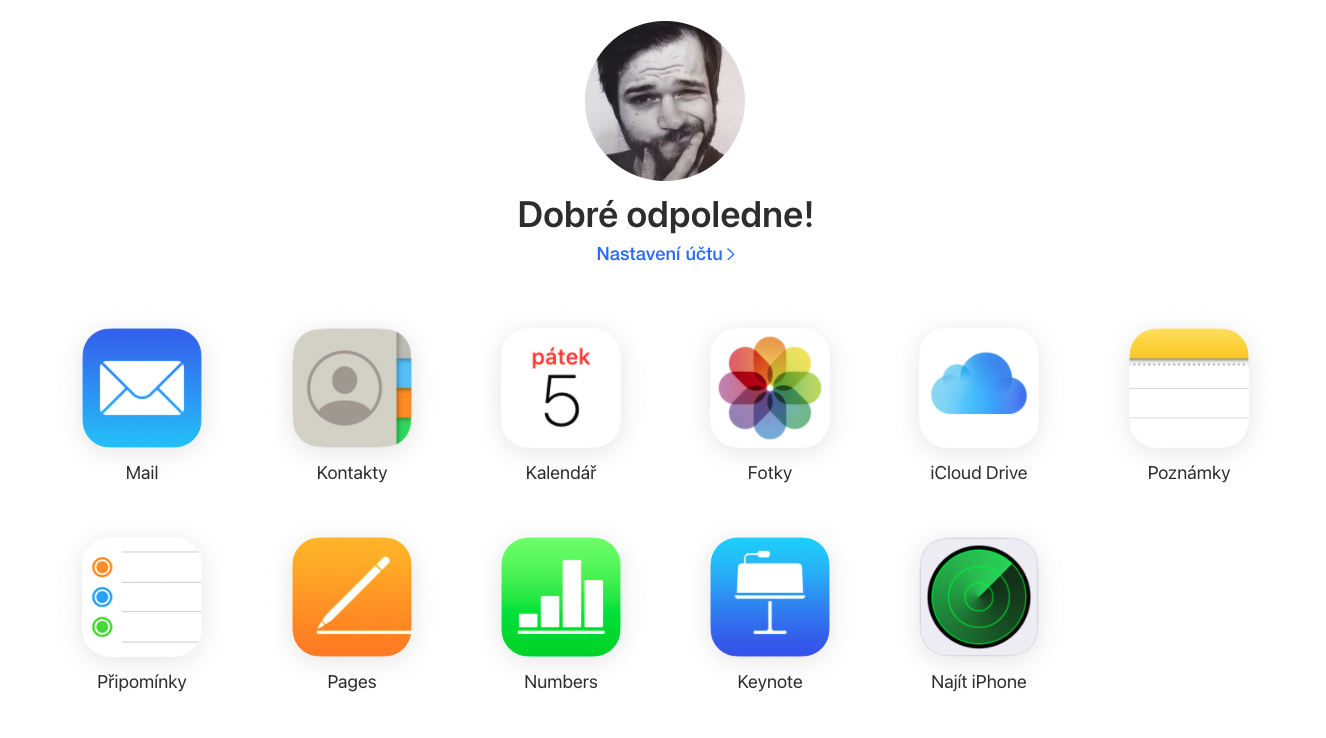
Above all, safely
Of course, Apple does not read or otherwise evaluate such messages. It only passes them through the standard spam filter. It does this to maintain its position as a trusted email provider. As soon as the email is delivered to you, it is also immediately deleted from the server. However, you can change the email address to which the messages are forwarded at any time, and of course you can also turn off email forwarding completely.
You can manage addresses created using Hide My Email in Settings -> Your name -> Password and security -> Aapplications using your Apple ID, on your iPhone, iPad, or iPod touch and on iCloud.com. All you have to do is click and select the application Stop using Apple ID, or you can choose Manage Hide My Email settings and create new addresses here or change the one at the very bottom to which messages from such logins are to be forwarded.
It could be interest you
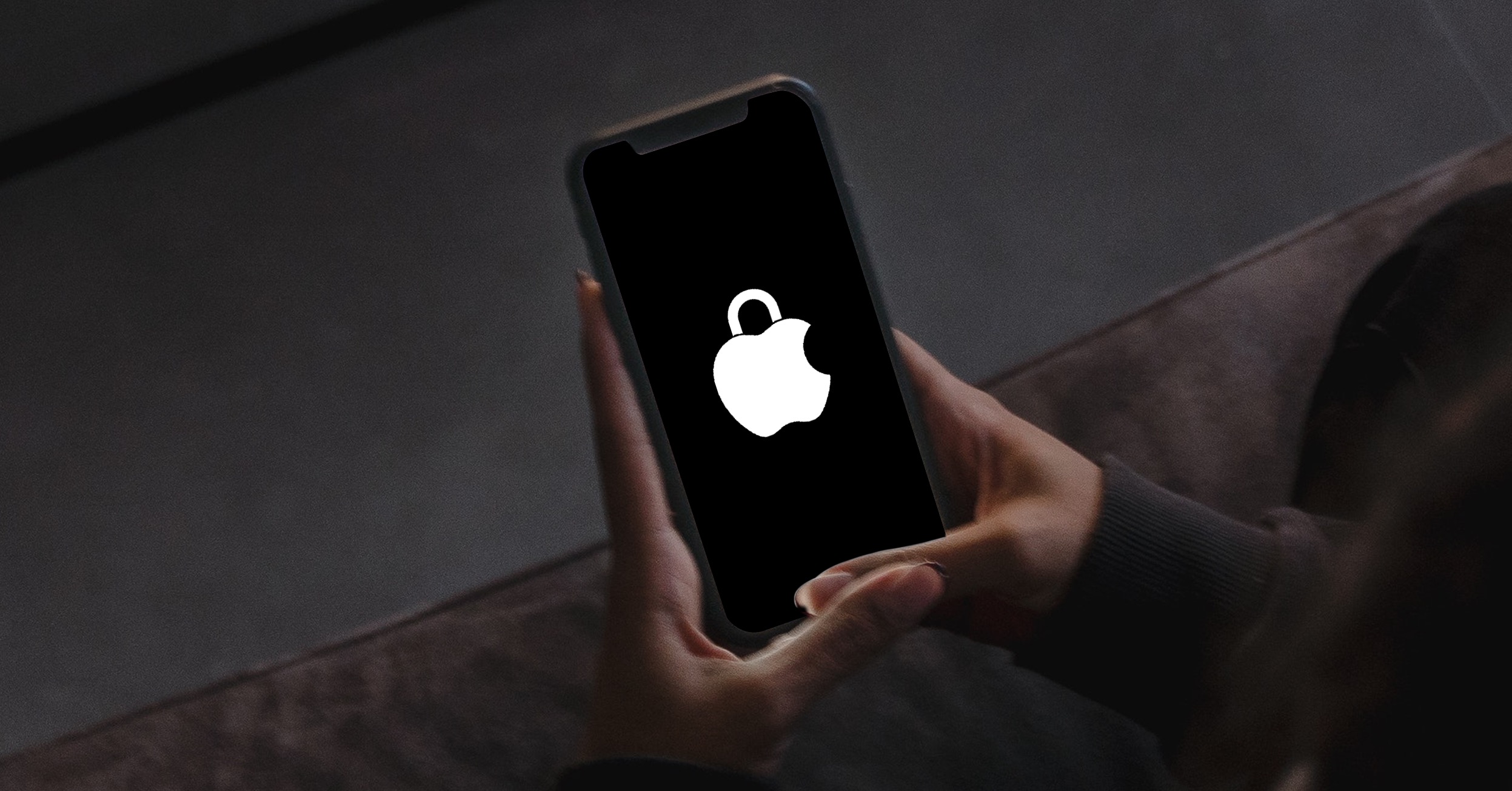
If you don't want to use Hide My Email because you trust the site or service, you can of course still log in with your name and your real email address, which the other party will then know. Instead of entering a password, FaceID or Touch ID is then used, depending on your device.
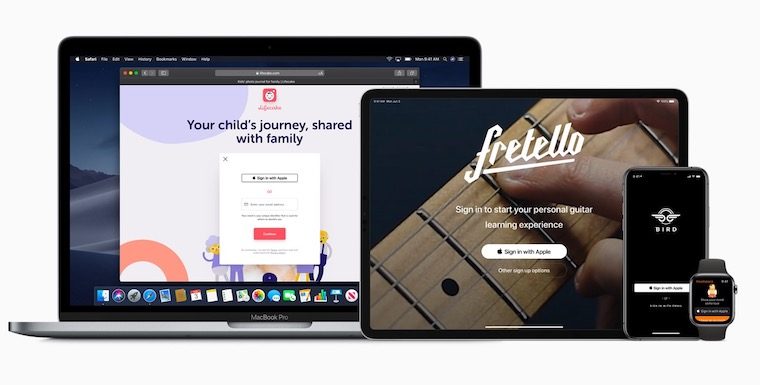
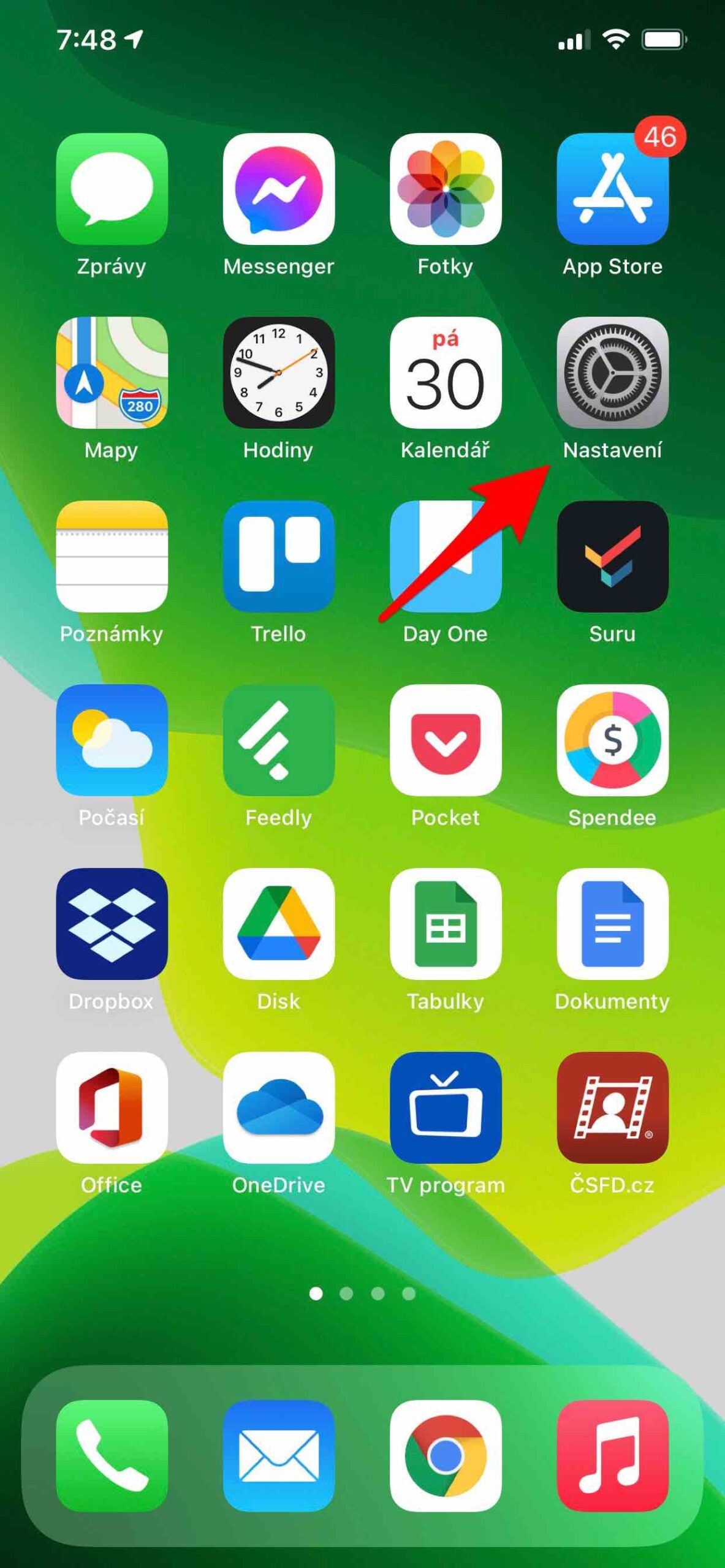

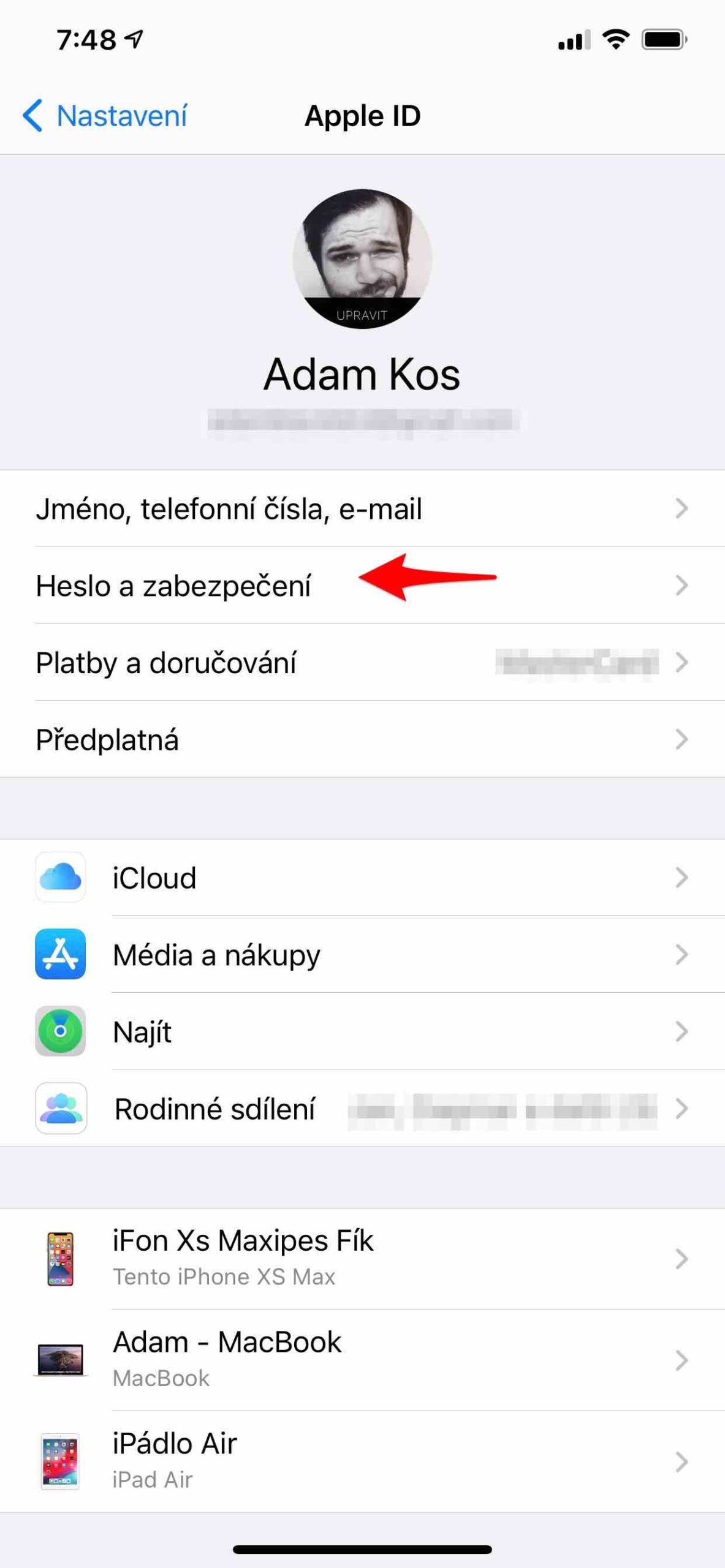

 Adam Kos
Adam Kos 




